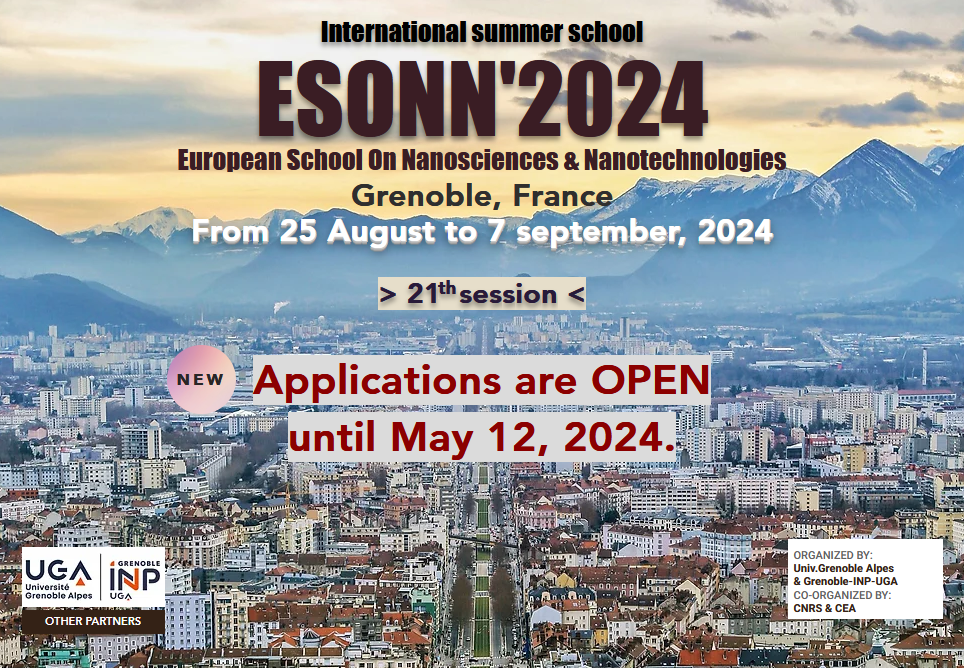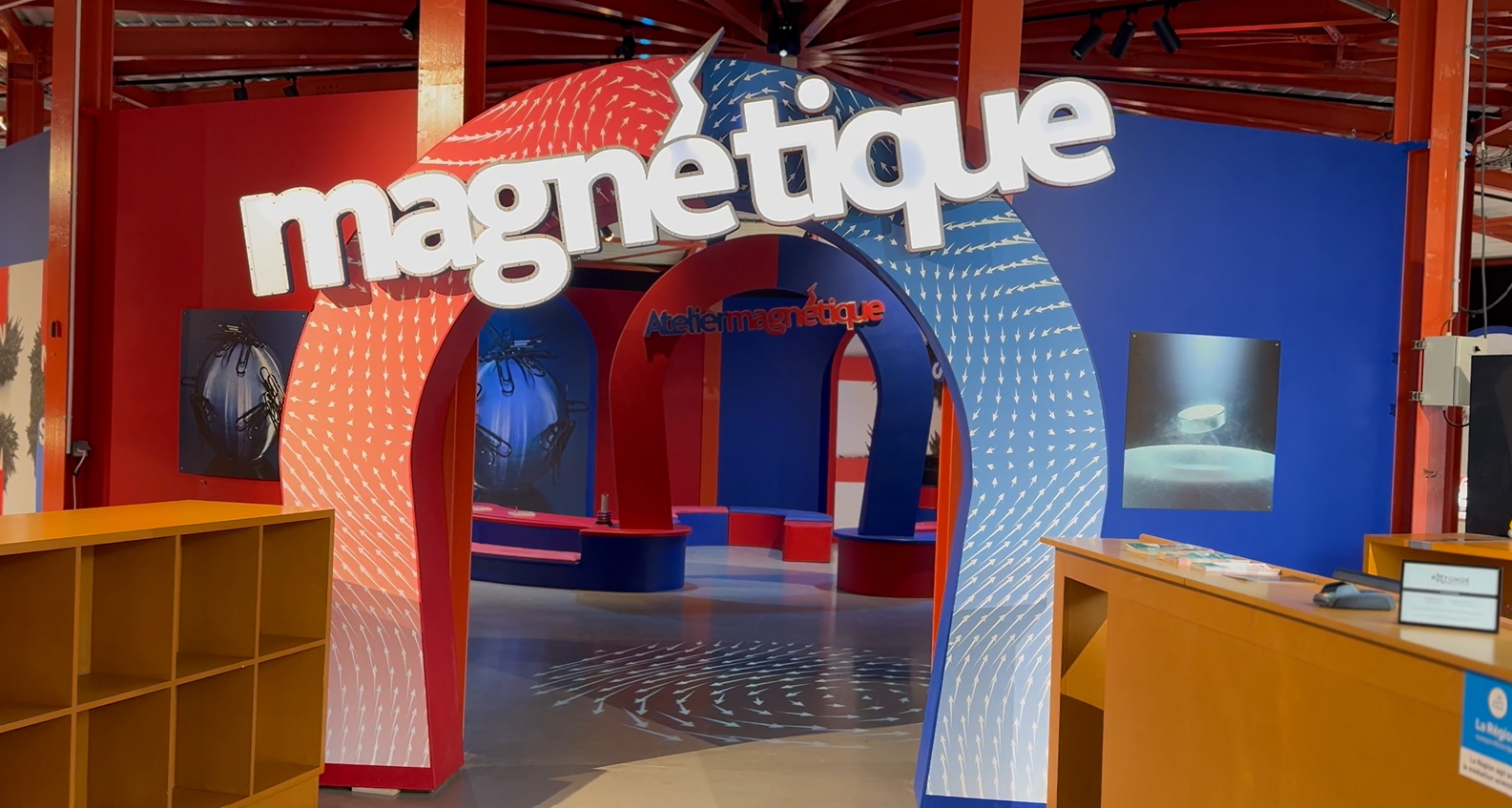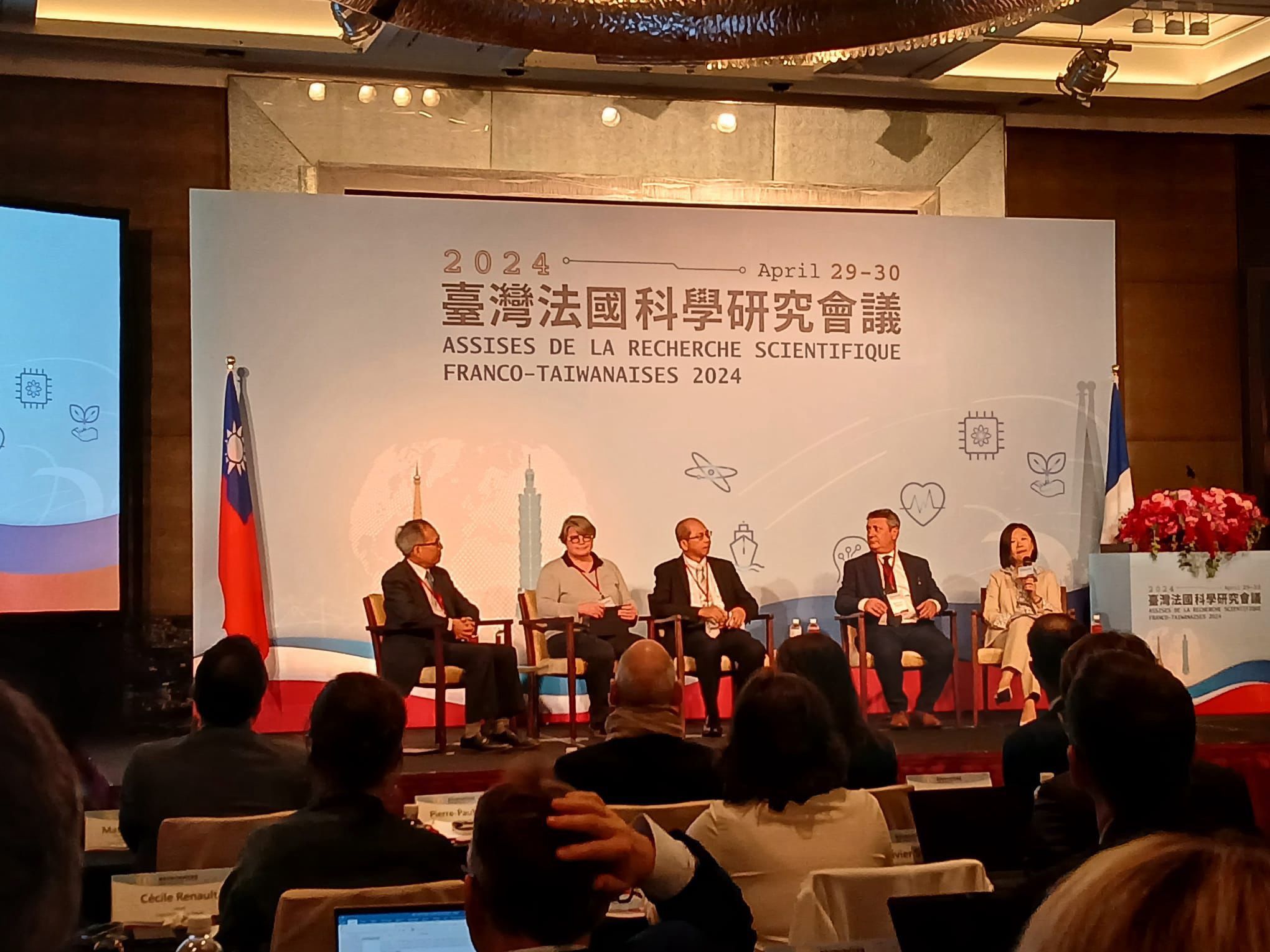Towards light-controlled electronic components
Press releasees
CNRS researchers Javier Villegas (Laboratoire Albert Fert) and Daniele Preziosi (Institut de Physique et de Chimie des Matériaux de Strasbourg), together with several scientific collaborators, have discovered how to generate an electron gas by illuminating a material made of oxide layers. Their study was published on October 10 in the journal Nature Materials
Two-dimensional electron gases (2DEGs) play a central role in modern electronics. Among the systems capable of hosting them, complex oxide heterostructures stand out: they offer very high electron mobility and allow the exploration of unique phenomena such as spin–orbit coupling and strong electronic correlations. These properties open the way to new functionalities, with potential applications in fields such as spintronics and photonics.
In this context, being able to control 2DEGs using external stimuli is a major challenge. In this study, the researchers demonstrated that it is possible to create a 2DEG instantly simply by shining light on a region where it does not naturally exist. Once the light is turned off, the electron gas disappears just as quickly. This leads to a remarkable effect: under illumination, the electrical conductance can be up to 100,000 times higher than in the dark. These effects were observed at the interface between thin layers of Nd₁₋ₓSrₓNiO₂ (x = 0, 0.05, and 0.2) and their SrTiO₃ substrate.



